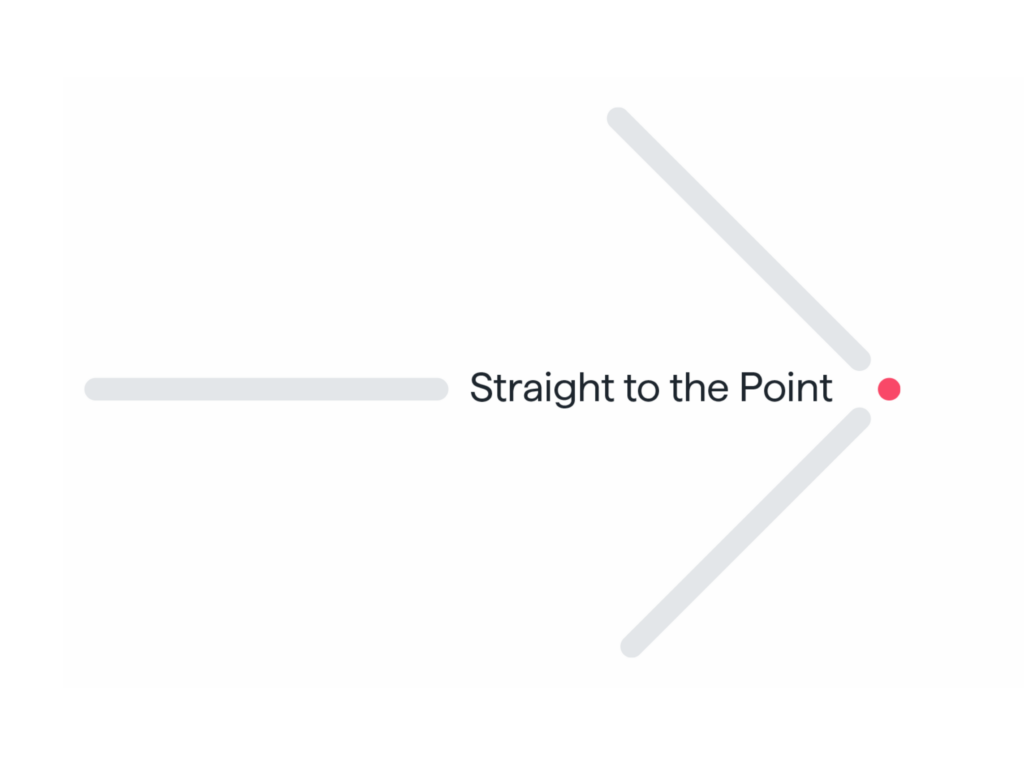LTAFs: The next phase – Jeremy Soutter, Managing Director, Business Development

Long-Term Asset Funds, known as LTAFs, have made big waves in the once calm seas of defined contribution (DC) pensions. Might they do the same for wealth managers?
Once, only large pension and insurance funds invested in private markets. DC funds joined this exclusive club only recently, thanks to LTAFs. Now, the velvet rope is being lifted for wealth managers.
This month, Schroders and Hargreaves announced that two Schroders LTAFs would be made available on the Lansdown platform. This marks the real start of private markets democratisation.
Carne’s Jeremy Soutter, Managing Director, Business Development looks at what’s happened and what it means.
LTAFs: The next phase
Jeremy Soutter, Managing Director, Business Development
Private markets — a democratisation moment?
The notion that private, wealthy individuals can invest in a strategy or fund that gives them direct access to private assets has been much discussed.
But talk has taken time to convert into action.
Many investors are of course already doing this, through their DC pension fund holdings. After all, 22 of the 25 LTAFs listed on the Financial Conduct Authority’s website are by, or for, the DC market.
But it’s those that aren’t that interest me at the moment. They represent the start of something big — which many have looked forward to.
On 8 September, Schroders and Hargreaves Lansdown announced that two Schroders LTAFs would be made available on the Hargreaves Lansdown platform.
Why this is a turning point
Investment fund platforms, whether in house or external control most of the assets flowing into and out of both DC and wealth management funds. Once, the idea that private market funds, with their idiosyncrasies and lack of daily pricing, would sit comfortably on a platform was barely worth discussing, given their historic nature and construction.
But things are changing.
The LTAF fit may be more comfortable for some platforms than others. The diversity of LTAFs themselves — and the fact that no two platforms are identical — will inevitably mean some form of manual workarounds in certain cases.
But the point — which should under no circumstances be lost — is that we’ve started.
What it means for managers …
Many have made the case for private markets, not least ourselves, drawing on future opportunities within wealth management in previous research papers.
More volatility (and the expectations of more volatility) and a declining universe of publicly listed companies (with dwindling IPOs globally) are two of many factors that explain the appeal of private assets.
Much of that money sees a flow into private equity and private credit. Over time it would be reasonable to assume real estate, infrastructure and even forestry assets all start to encroach on the mainstream.
For instance, our latest research report Straight to the Point: Private Debt revealed 80% of managers were planning on raising capital in new markets over the course of this year and this sentiment is mirrored in our upcoming infrastructure, private equity and real estate reports. Product launches are following suit, and indeed are needed to meet the demand.
… and platforms
There is no suggestion here that wealth management platforms will change overnight. After all, LTAFs took a few years to achieve a position of dominance in the DC market.
But don’t bet against it. After all, many life platforms have shown all their ingenuity and imagination in accommodating the DC LTAFs to date. The marketplace is shifting.
For example, the ability to place an LTAF within an ISA wrapper provides a possible accelerator. You can do this from April 2026 (caveats apply). And that strong demand is underlined by Investment Association research that says 57% of investors would consider the idea.
Moreover, the regulator could revisit some of the early rules governing LTAFs. Do we need to have 90 days notice as a regulatory requirement rather than a choice, do we need the Restricted Mass Market Investments (RMMI) tag which places the LTAF in the same risk bucket as peer-to-peer lending and some crypto-assets? The same goes for the 10% proportion of investible assets an individual can invest in an LTAF and high levels of appropriateness assessment. Waiting to see how LTAFs perform in the DC space will obviously take decades, there may be reasons to revisit such rules now.
In future there may be a convincing case for minimising such restrictions — especially if investments can be channelled into UK projects that fit the Government’s growth agenda.
But that’s for the future.
For the now, make no mistake, the democratisation of private markets has started.
We have recently released our private markets four-part series Straight to the Point, focussing on C-suite insights from private debt, private equity, infrastructure and real estate. Download the latest report here.
To discuss how Carne can support your organisation’s successful journey into and through this change, please contact us: contact@carnegroup.com.








